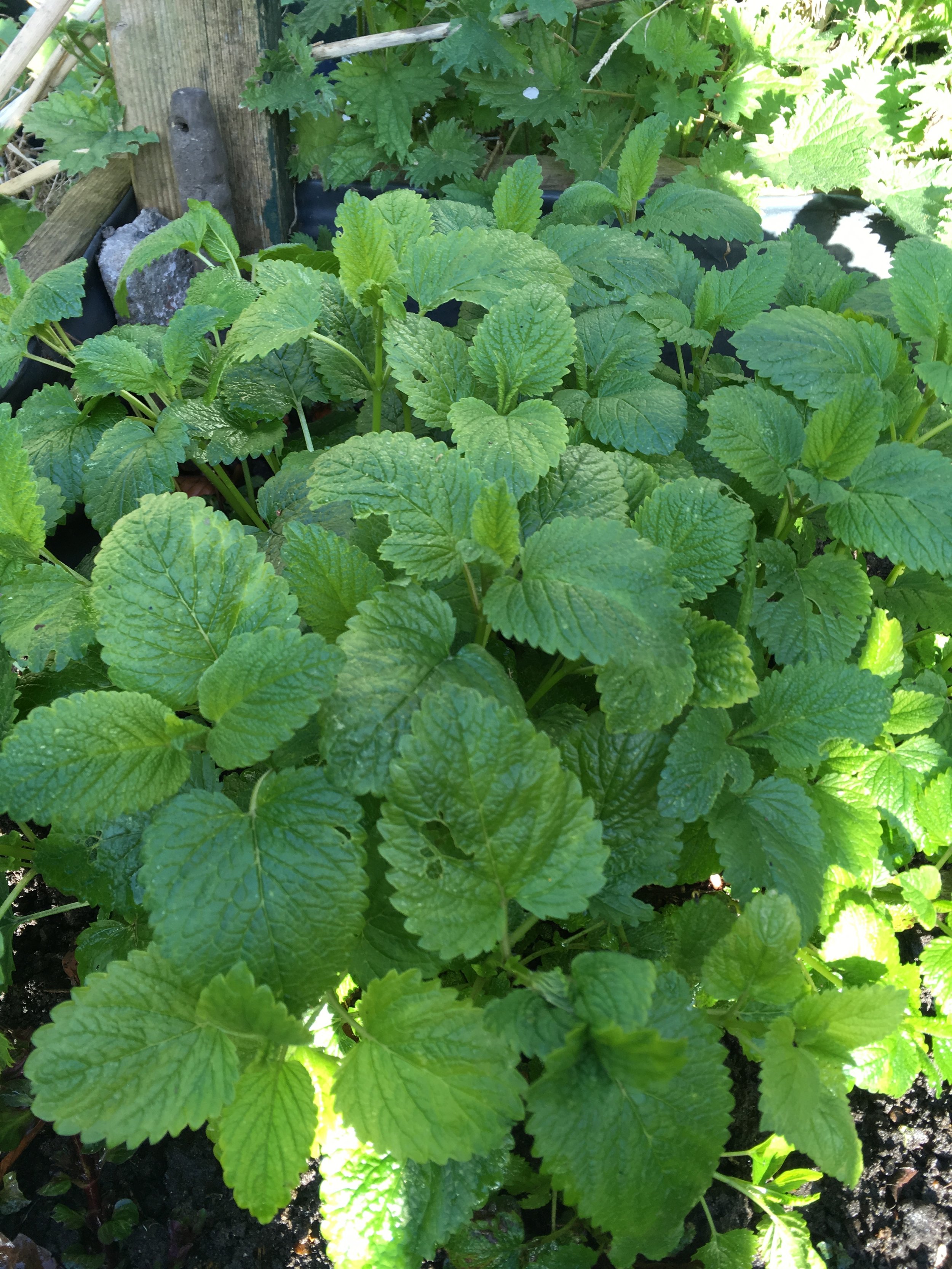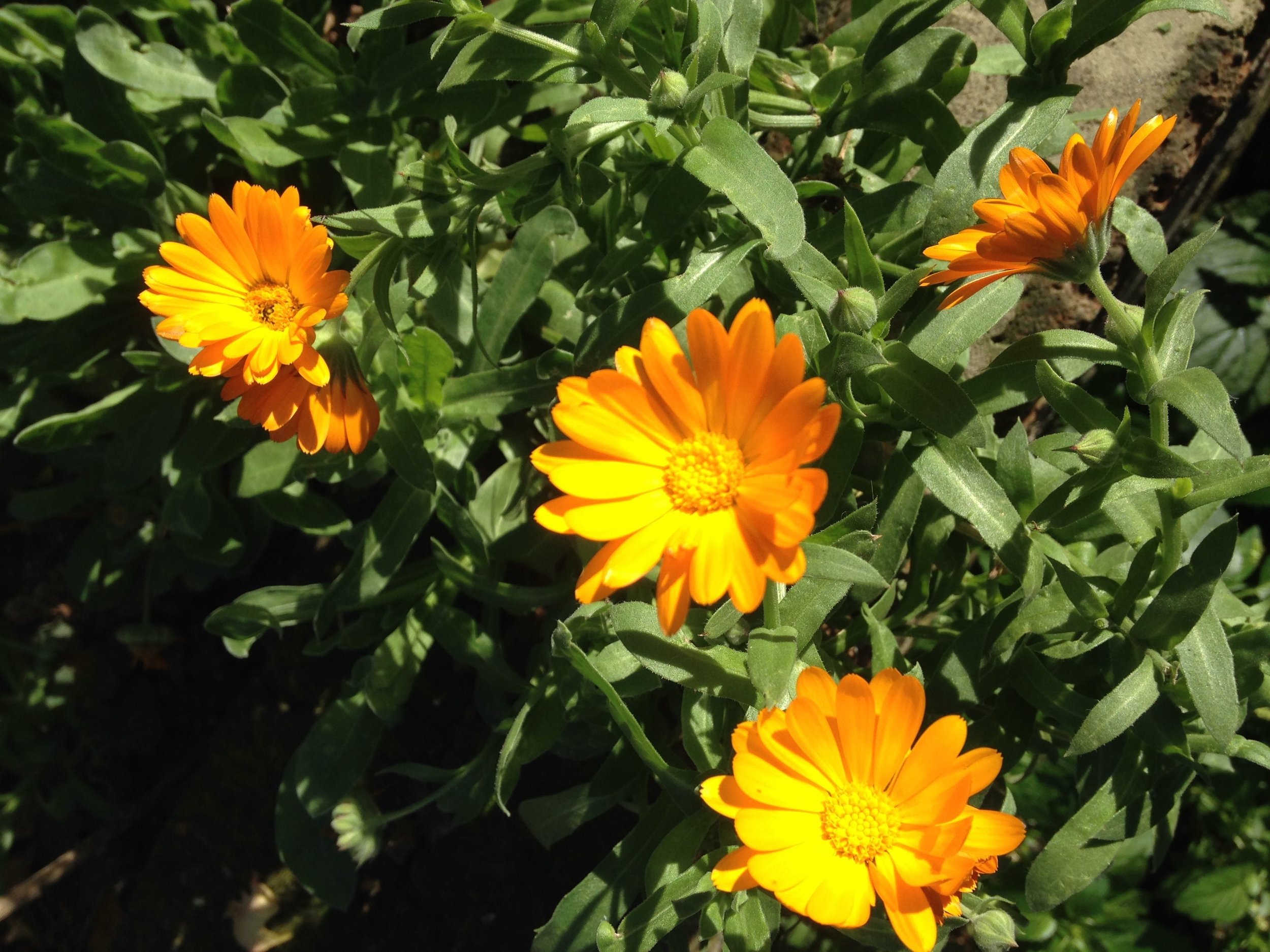Herbs in August
/August arrives with a spell of cooler and wetter weather and a bounty of herby delights.
Here are some tips for things you can be doing with herbs this month.
Read MoreAugust arrives with a spell of cooler and wetter weather and a bounty of herby delights.
Here are some tips for things you can be doing with herbs this month.
Read MoreAt this time of year Elderflower is abundant in and around London. If you are outside of the city it’s coming to you soon! However if you are new to foraging this lovely flower then it is easy to get mixed up with the abundance of other creamy frothy flowers that are also blooming. Many of which are not edible and are in fact poisonous. Therefore it’s good to be really certain that you are picking the right thing. To help here are some pictures of elderflower and also a load of other flowers that are not elderflower.
Read MoreAs the weather starts to get colder we shift our focus to making winter remedies to help keep our bodies strong and healthy. One of the easiest things to make at this time of year is a herbal syrup. It’s also a useful preparation for preserving the goodness of Autumn’s herbal bounty.
Read MoreAugust arrives with a spell of cooler weather, some much needed rain and a bounty of herby delights.
Read MoreBotanical name: Melissa officinalis
Native to: S. Europe, Asia and North Africa. Naturalised in Britain.

It's always a joy to see lemon balm springing back to life, a gentle reassurance that spring is definitely here! It is a herb that has always been associated with raising spirits and lifting the heart.The Arabian herbalist Avicenna (980-1037) said that Lemon balm "causeth the mind and heart to be merry". Recent research has shown that it can be an effective remedy for anxiety, depression and insomnia owing to its mild sedative properties. It's also a great herb for bees which go wild for its small white flowers and its botanical names is derived from the Greek word Melissa which means 'bee'.
Our favourite way to enjoy lemon balm is in a hot infusion but you can also preserve it with honey or sugar to extend its short season. It can be enjoyed as a dried herb but it does lose some of its flavour during the drying process. Have a go at these simple recipes.
Lemon balm honey
Fill a jam jar half full with fresh leaves and then fill with honey. Leave to infuse for 4 weeks and then strain. Use for deserts and cooking or have a spoonful in a cup of hot water with a slice of lemon.
Lemon balm syrup
Dissolve 100g sugar with 100ml water in a saucepan on a low heat and then simmer lightly for 10 minutes. Turn off the heat and add in a generous handful of fresh leaves. Leave to infuse with the lid on the pan for a few house or overnight and then strain out the leaves. Use to sweeten drinks.

Botanical name: Calendula Officinalis
Native to: Southern Europe

It's very easy to grow marigolds from seed. They grow happily outdoors either in a pot or in the ground and can also be grown indoors in a sunny spot next to a window. You can sow seeds outdoors in March or if you are keen to get going you can start them off indoors in February.
They are an annual plant - completing their life cycle in one year - and they drop plenty of seeds allowing new plants to grow in the next season. You can also collect some of the seeds at the end of summer to sow again the following year.
How to use
We mainly use our calendula to make an infused oil, the basis for all our herbal cosmetics. The flowers are rich in anti-oxidants (flavanoids) and these have a wonderful affect on protecting and restoring the skin. It is known as a vulnerary agent meaning it is useful for the healing of wounds. Calendula oil is very gentle and can be used to make creams and lotions to treat all sorts of skin complaints like eczema, stings and bites, psoriasis, scarring, stretch marks and nappy rash. Follow the guide below to make your oil which can be used directly on the skin or incorporated into another recipe.
To make an infused oil
1. Harvest marigold flowers in the morning on a dry day before they lose their volatile oils
2. Leave herbs to dry in a cool, dark place (away from direct sunlight) for 1-2 weeks to dry out
3. Pack the dried flowers loosely into a jam jar and cover with oil - sunflower, olive and almond oil all work well (about 15g herb to 100ml oil).
4. Leave on a sunny windowsill for 2 weeks to infuse
5. Strain out the flowers and store oil in a cool, dark place.
If you don't have a sunny windowsill you can also infuse your oil by placing herbs and oil in heat proof bowl set over simmering water. Heat for 30 minutes then leave to stand for 1 hour. Never let the oil boil.




Pot marigold, Calendula officinalis
It's prime time herb harvesting at this point in the summer, so we thought we'd share with you some tips on harvesting and drying flowers. For a lot of herbs we cut the flowers from the plants without their stems, which means you can't hang them up to dry! So instead, we lay out flowers on drying racks or well ventilated surfaces. Read on for a guide on how to do this and some of our top tips.

Floral roses - use a clean container to collect your flowers as you harvest them
1. Harvest on a dry day in the morning, once any dew has evaporated
2. Select the best looking flowers. Avoid ones that are already fading or have been eaten by insects.
3. Use sharp garden scissors or secateurs to remove flowers. Remember to prune back to a leaf on plants like roses and marigolds to keep them tidy and promote more flowers.
4. While you harvest you can also deadhead flowers that have gone over and remove tarnished leaves to keep your plants in check. Compost these bits.
5. Once harvested, spread the flowers out on your drying surface. Ensure that they are nicely spread to allow good airflow to the flowers. It's ok if they overlap a bit, just avoid them being piled up on top of each other.

Laying flowers out to dry on sheets of muslin cloth
6. Dry away from direct sunlight as this will deteriorate the flowers and encourage volatile oils (which hold a lot of herbal goodness) to evaporate and be lost.
7. Check on your flowers every few days and gently turn them to ensure air is reaching all parts of the leaves.

Vibrant colours of dried Rose petals; bright colours imply a good quality dried herb
You know that the flowers are ready if they crumble easily. If you are drying flowers or herbs for the first time it's a good idea to experiment with different areas in your home to find where the driest and best ventilated areas are! Once they are dry you can store them in an airtight container, in a cupboard where there is no chance of them being in contact with moisture. Brown paper bags inside airtight containers or recycled jam jars work well.
Happy harvesting!
Psst. If you need some help with growing herbs or want to get started come along to our next workshop, City Gardening: Growing your own herbs on Thursday 27th July at the Bee Garden in Dalston.
Autumn is the time of year where we shift our focus to what is growing below the ground and for herb harvesters, this means digging up some roots. It’s also the time of year when the shift in seasons can bring us all down with irritating colds. Thankfully, there are a number of herbs at their prime right now and we can rely upon these to provide an antidote to the sorest of throats.
Common marshmallow – Althaea officinalis – is one of these herbs and is the key ingredient in our herbal cough syrup. The root contains high quantities of mucilage, a gelatinous substance that helps to sooth inflammation – and also the substance that they first made marshmallow sweets out of. To extract this we make a maceration from the freshly harvested roots (you can also used dried root) by soaking it in cold water for 8 hours or overnight.
Herbal Cough Syrup Recipe
25g of herb leaves eg. sage, thyme
25g marshmallow root
25g ginger root
1 litre of water
about a 1kg sugar
Place the marshmallow roots in cold water and leave to infuse for 7 hours or overnight.
Cut up the ginger and place into a saucepan and cover with water and bring to the boil and simmer for 20 minutes - this is a decoction
Turn off the heat and add the herb leaves to the pan and infuse for 15 minutes
Strain the mixture into a measuring jug. Strain the marshmallow and combine both infusions.
Add the same amount of sugar as their is liquid (tip: if you have 850ml of water, add 850 g of sugar)
Heat the mixture continually until the sugar has dissolved
Allow to cool and then pour into sterilised bottles
Dosage: 1 tablespoon up to 6 times a day. Take on its own or dissolve a spoonful in a cup of hot water.
